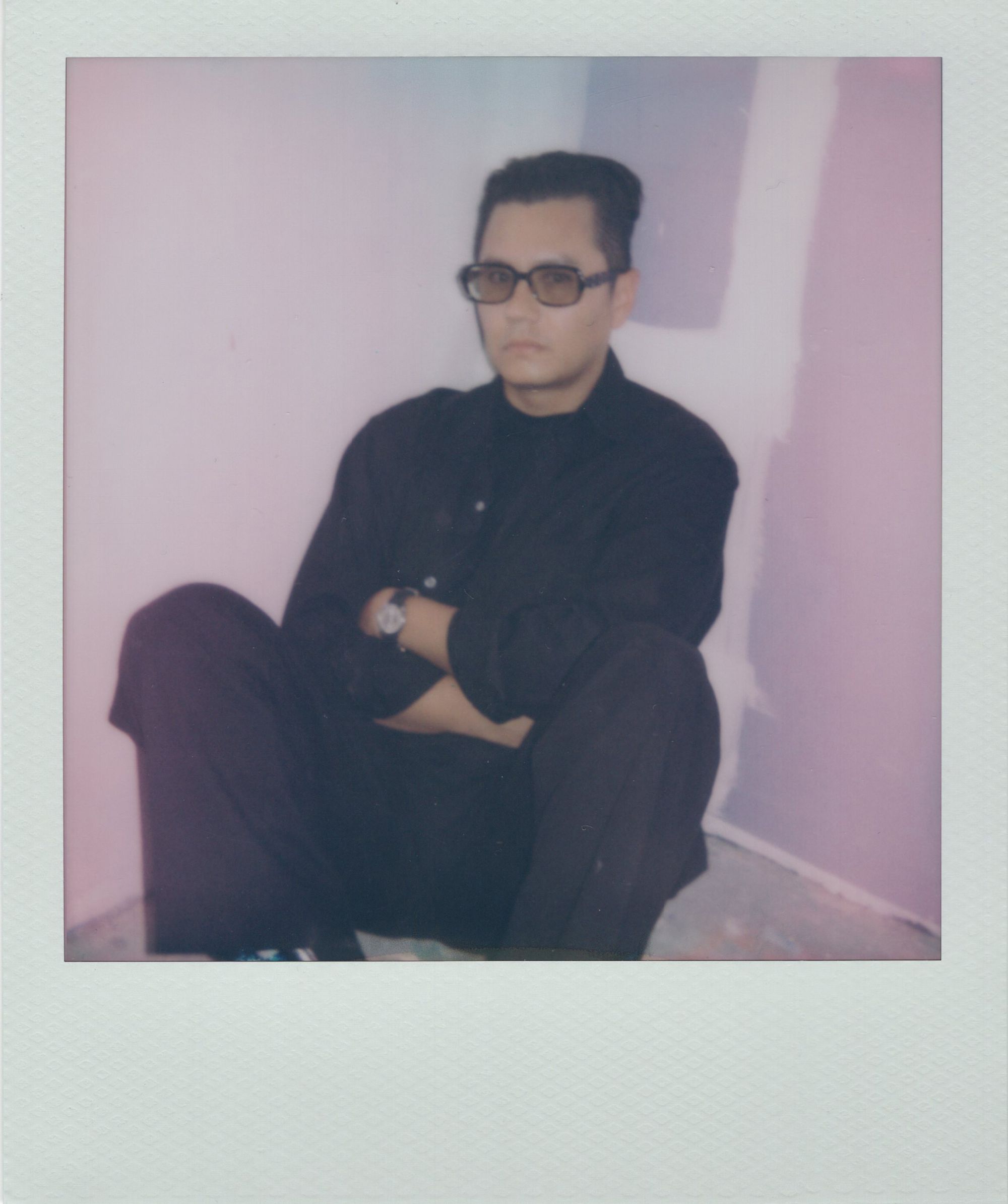
José Esparza Chong Cuy photographed by Dario Castillo for PIN–UP.
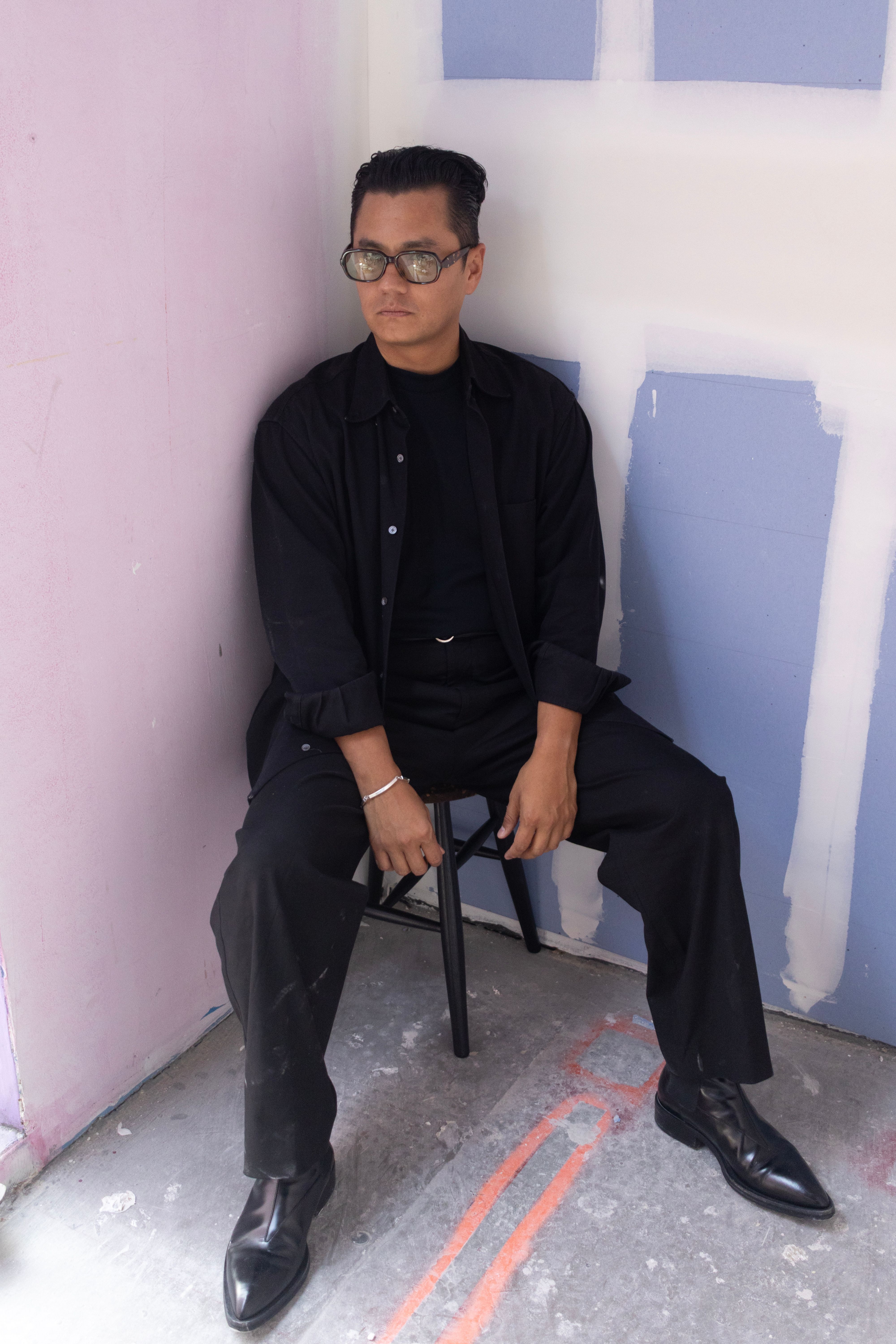
José Esparza Chong Cuy photographed by Dario Castillo for PIN–UP.
During his seven years steering New York’s Storefront for Art and Architecture, José Esparza Chong Cuy has reimagined the future by drawing from the institution’s rich history. He points to a phrase from the archive — “for citizens not audiences or patrons” — a modest but radical ambition that continues to guide his leadership. Under Esparza Chong Cuy, Storefront has shifted towards a more community-centered and globally engaged platform, building networks of artists, architects, and researchers across disciplines and geographies. That ethos has been there from the beginning. Emerging from the vibrant cross-disciplinary energy of downtown New York in the early 1980s, Storefront opened in 1982 with Performance A–Z, 26 nights of free performances. On the evening of the letter “I,” artist Tehching Hsieh concluded an endurance work in which he lived outside for a year; Storefront invited friends to his apartment to celebrate as he finally stepped indoors after 365 days. “I love that it’s not necessarily a big production,” Esparza Chong Cuy reflects. “A performance can just be these generous moments of gathering people around ideas.” In 2026, under the title Homelands, a new cycle of programming will extend into outdoor spaces and public commissions, with four exhibitions and two performances. At the same time, Esparza Chong Cuy is working with the team and board to continue advancing Storefront’s mission. Whitney Mallett headed over to the iconic triangular gallery space at 97 Kenmare Street to talk with him about history, relationships to place, and keeping Storefront’s edges as sharp as ever.
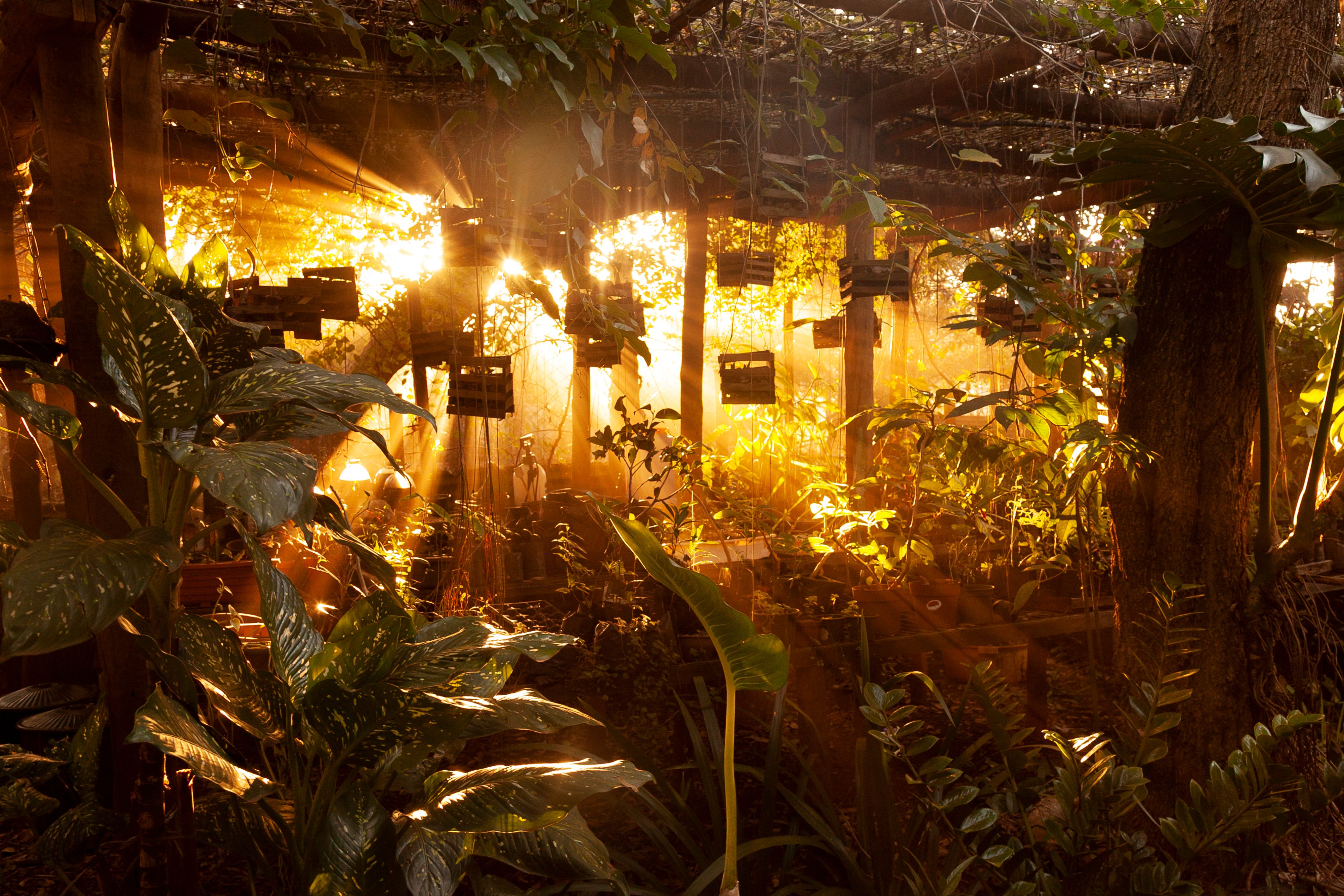
Território vivo by Sertão Negro. Courtesy of Storefront for Art & Architecture. Sertão Negro’s presentation at Storefront (September 13–December 6, 2025) opens Homelands.
Whitney Mallett: When you took on Storefront’s directorship in 2018, what excited you about this institution and its legacy?
José Esparza Chong Cuy: A big reason for pursuing this role was the history of Storefront. When I moved to New York after my architecture degree in Mexico, my first gig was as an intern at Storefront. This was in 2007, when Joseph Grima was director. One of the projects I was lucky enough to work on was a compilation of all the newsprints Storefront had published since its founding in 1982. It was very obvious from these documents that there was a direct connection between the programming and the transformations happening in the city. For example, one of Storefront’s first shows was Liberty, put on in 1983 when the city announced a huge investment program to restore the Statue of Liberty for its 1986 centennial. It was quite controversial because of the proposed use of public funds. Storefront asked artists to submit postcard-like projects for the statue. Another example is Tom Finkelpearl’s 1985 exhibition After Tilted Arc, which invited artists and architects to respond to the controversy around Richard Serra’s Tilted Arc being removed from Federal Plaza. Again, it addressed something that was happening in the city through artistic thinking and production — names like David Hammons, Nancy Spero, Tadashi Kawamata, and Mierle Laderman Ukeles participated. That really caught my attention. For me, it was very important to consider how we could connect to this early legacy and continue to be a space that shares the stories of these transformations in the built environment, both locally and globally. The global is an important aspect, since Storefront was launched by immigrants: Kyong Park, the founder, is Korean-born, while Shirin Neshat, who became his co-director in 1987, is Iranian. Together, they shaped Storefront’s mission and identity through the turn of the millennium.

José Esparza Chong Cuy photographed by Dario Castillo for PIN–UP.
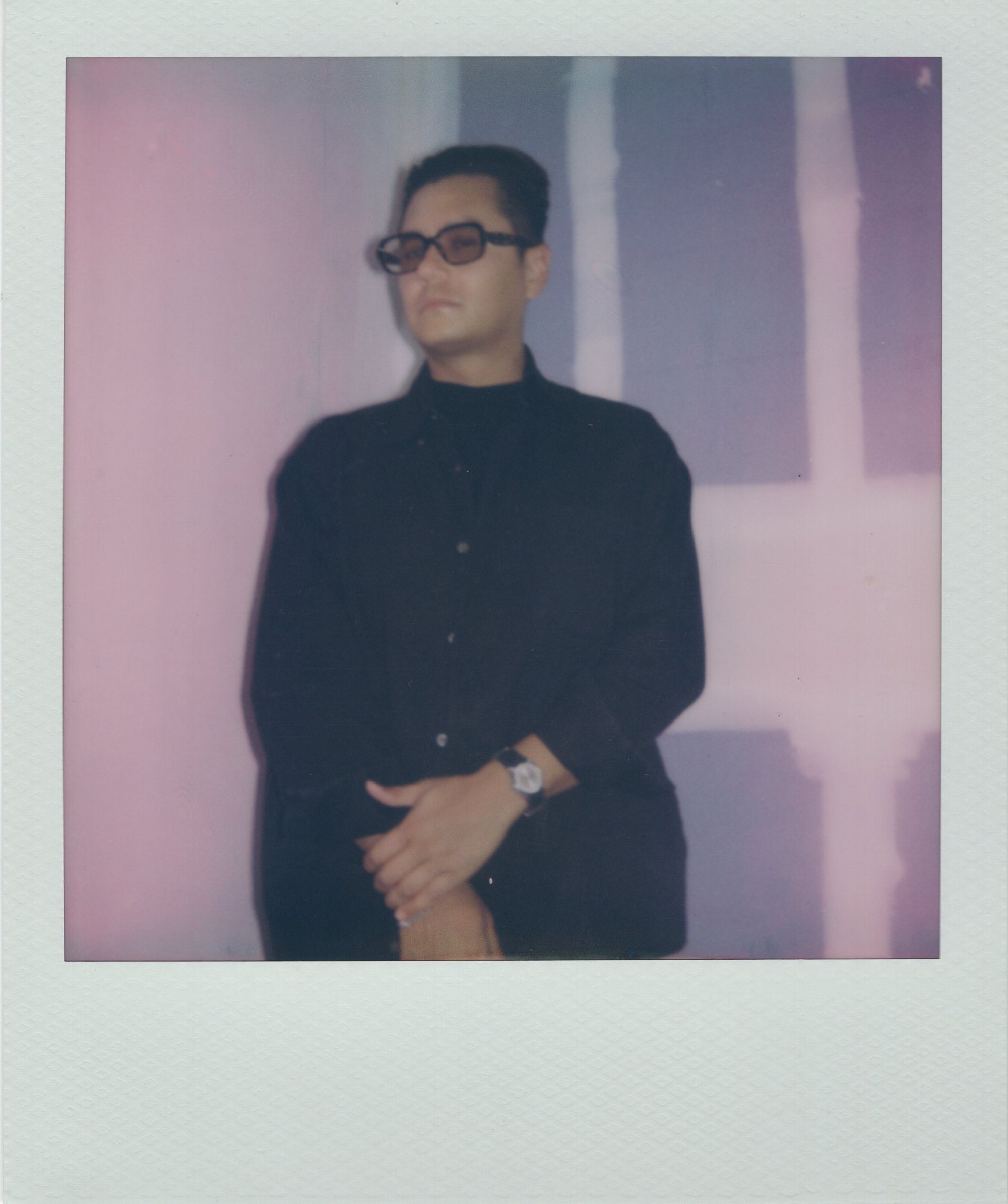
José Esparza Chong Cuy photographed by Dario Castillo for PIN–UP.
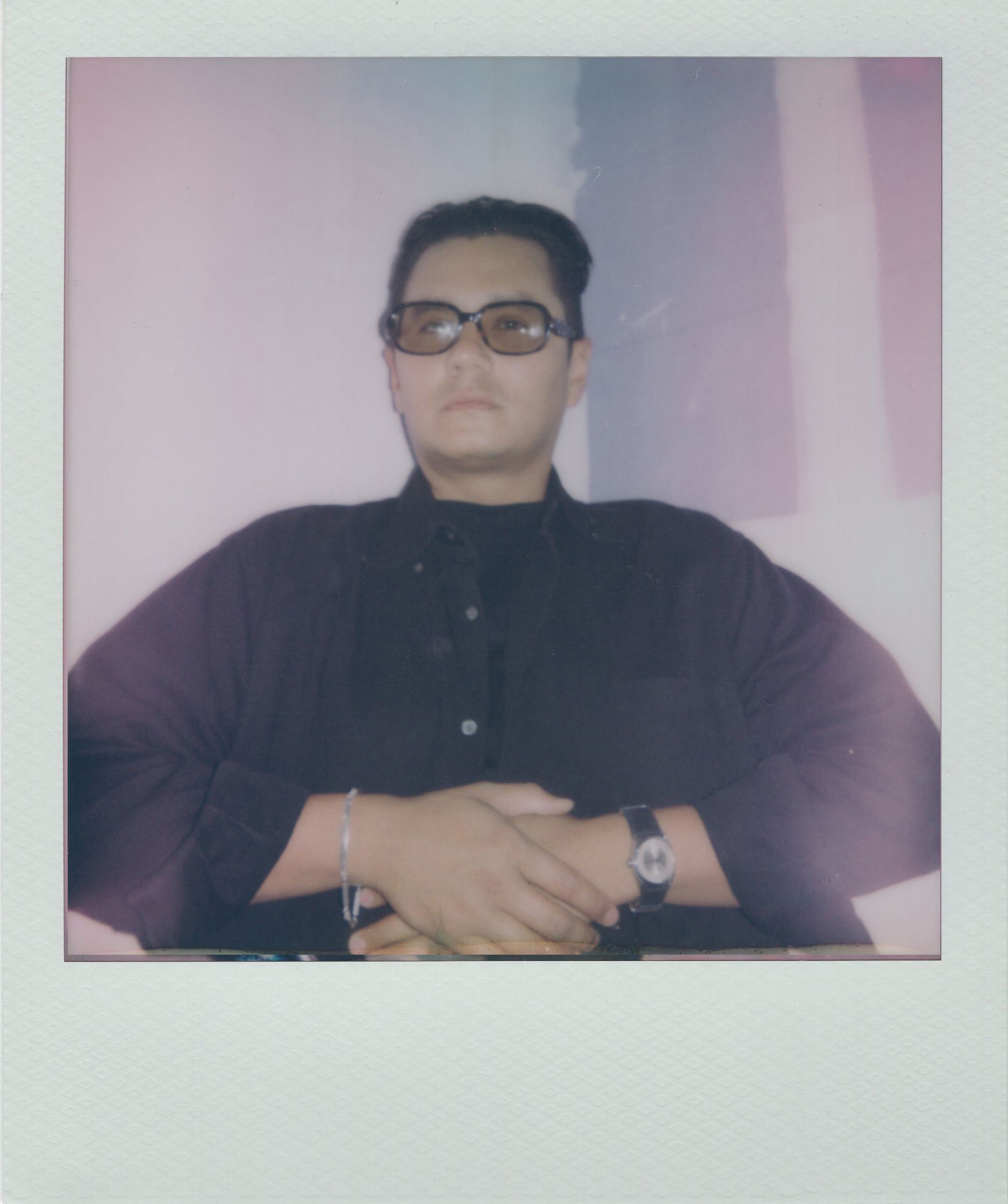
José Esparza Chong Cuy photographed by Dario Castillo for PIN–UP.
A lot of the research-based practices you work with are really approachable. Canal Street Research Association’s 2023 exhibition New Land Plaza: You Can’t Beat a New York Original, for example, chronicled counterfeit bags being sold in a nearby park.
We think of the work we present as research-based but open to a general audience. We focus on the social aspect of architecture and the forces that shape buildings or the city. Since 2023, we’ve been organizing long-term research cycles, using them as broad frameworks to unfold ideas through traveling summits, exhibitions, public programs, a radio show, symposiums, and a publication. The first was On the Ground [2023–24], which looked at New York’s ground floor and the urban typology of the storefront as a threshold between public and private space. The second was Swamplands [2024–25], which focused on the space where water meets land and looked at the environmental, social, and political issues that arise in wetlands, from environmental racism to multi-billion-dollar infrastructure projects. Our next cycle, for 2025–26, is Homelands, a very contested term, which is why we’re looking at it: we’re aiming to consider the political dimensions of memory through artistic practices that are self-asserting and that rethink the relationship with place. Each cycle is like a group show that is presented over an extended period of time. They build on one another in a format that allows us to bring in other voices connected to the theme.
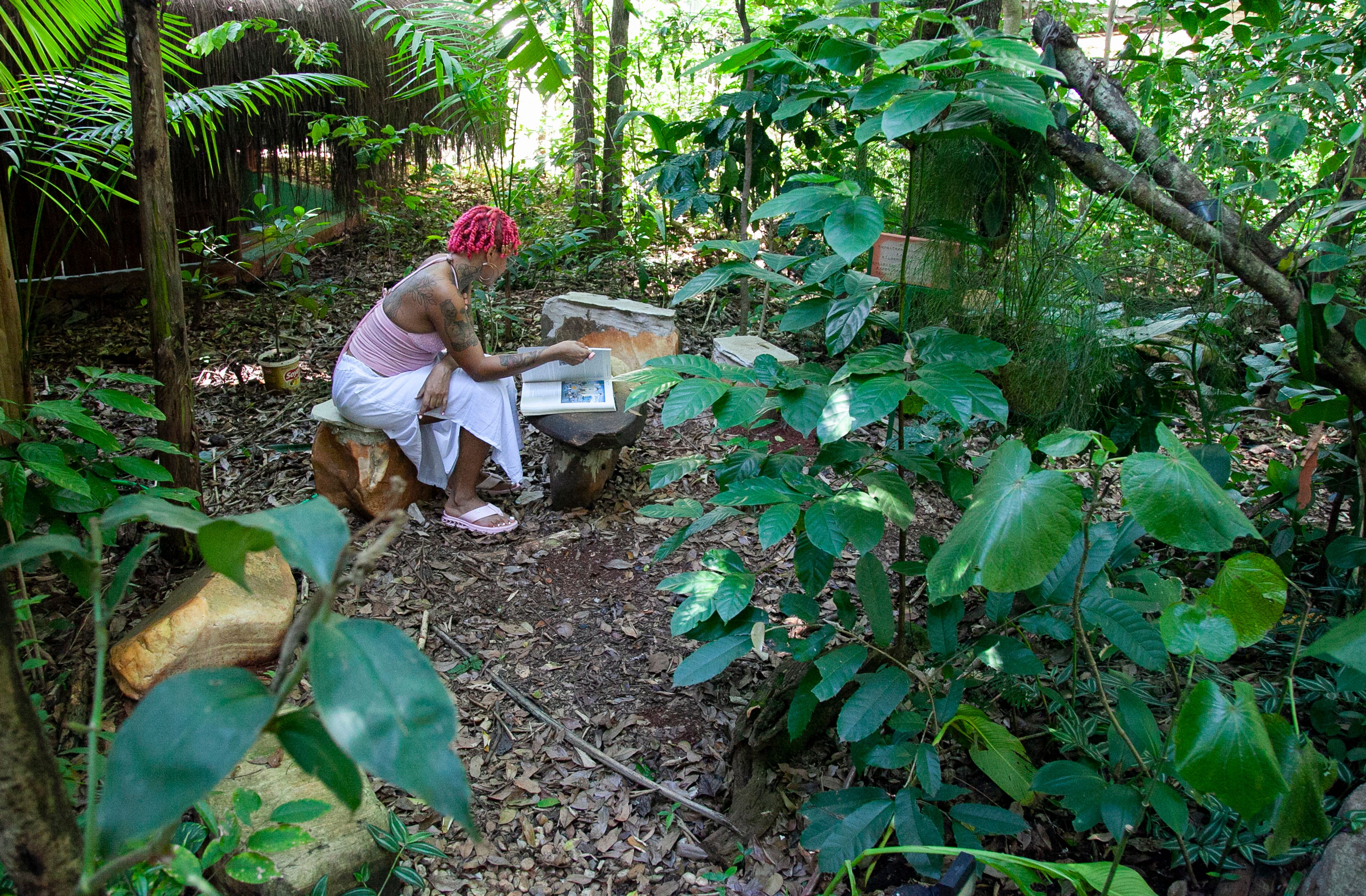
Sertão Negro Ateliê e Escola de Artes, Brazil. Courtesy of Dalton Paula.
Were there any surprises in the first two cycles?
It was very exciting for us to realize that, in addition to developing an exhibition program, you also build a cohort or community. To wrap up On The Ground, we did a dinner for all 70 participants — everyone who contributed to the exhibitions, talks, readings, etc. Mostly we wanted them to meet, because they all had interests in common. It was such an exciting experience that, when preparing the following cycle, Swamplands, we consciously set out to develop a more solidly recognizable cohort from the beginning. We began the year with the Swamp Summit in the Yucatán Peninsula in Mexico, where we invited all the artists we would be working with. We spent five days together, attending talks with scientists and visiting the mangroves. It was an exciting exchange of ideas and learning, as well as an opportunity to bond, because the participants didn’t really know each other before.
Often people in different fields are working on similar things, but the disciplines are so siloed.
Exactly. For Homelands, we plan to start the 16 months of programming — four exhibitions and two performances — with a trip to Brazil the first week of November, which we’re co-organizing with Sertão Negro, an artist-founded art school in Goiânia, about a three-hour drive from Brasília. The school was co-founded by the artist Dalton Paula and the scholar Ceiça Ferreira, and it’s rooted in Black cultural traditions and collective care. It’s a beautiful project that’s not only an art school with art studios, but also an artists’ residency with shared kitchens and vegetable and medicine gardens. They host workshops that are open to the public on a weekly basis. It’s really alive. We’re looking at the expansive potential of a self-run art school, and how artists can participate in the rebuilding or reworlding of the spaces they inhabit. Our first exhibition in the cycle will also be with Sertão Negro, featuring work by its participants but also heavily activated by programs they will run with local partners, from biweekly capoeira lessons to a film club that addresses quilombos as spaces of resistance, healing, and Black ancestry. Other participants in the cycle are the L.A.-based artist Danielle Dean, the New York-based artist Alison Nguyen, the Harare-born architectural designer and researcher Thandi Loewenson, the Singaporean artist Sim Chi Yin, and the Kosovar artist Petrit Halilaj with Prishtina, Berlin, and Zurich-based architecture and design studio Ars Atelie.
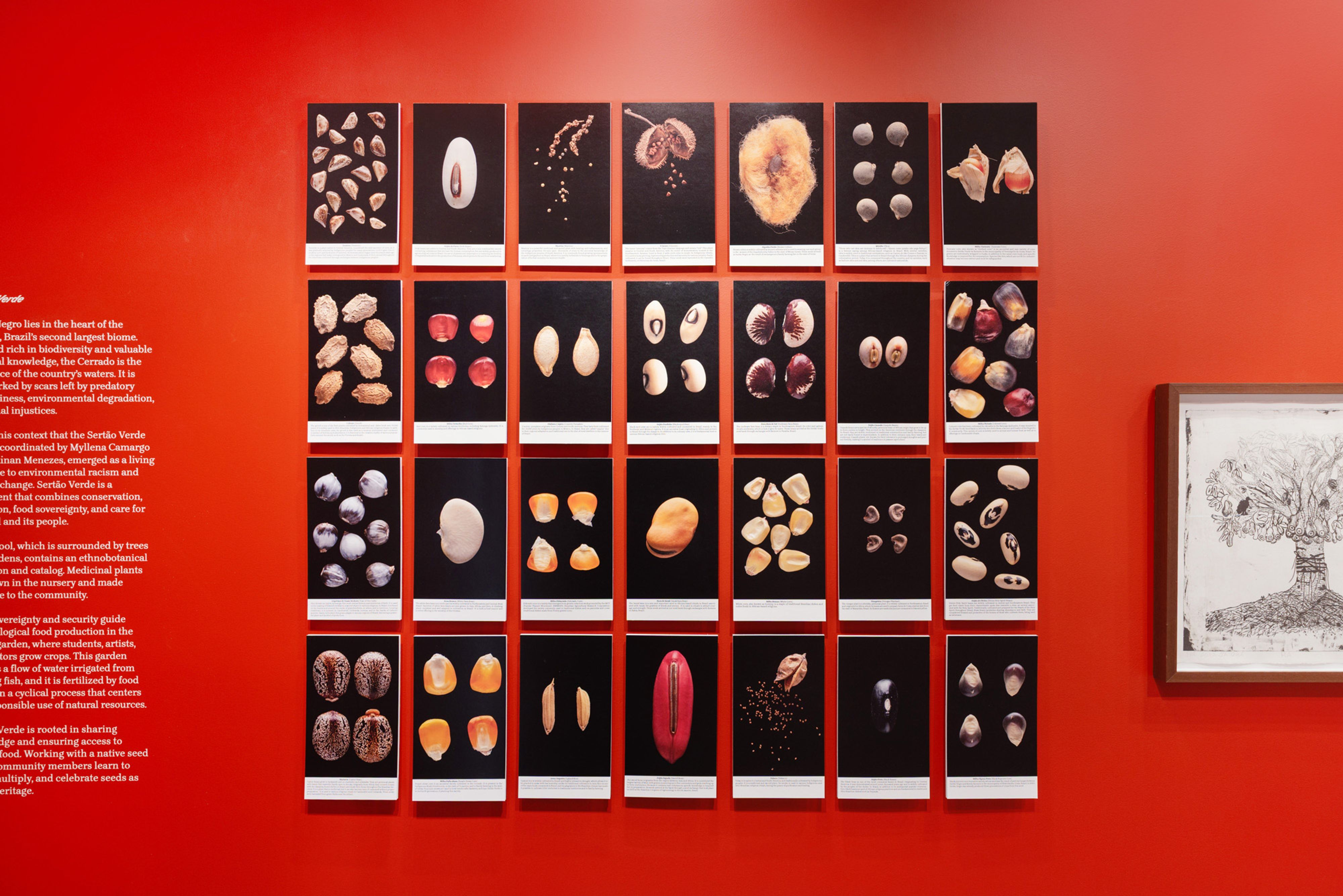
Território vivo installation by Sertão Negro at Storefront for Art and Architecture. Photo by PJ Rountree courtesy of Storefront for Art and Architecture.
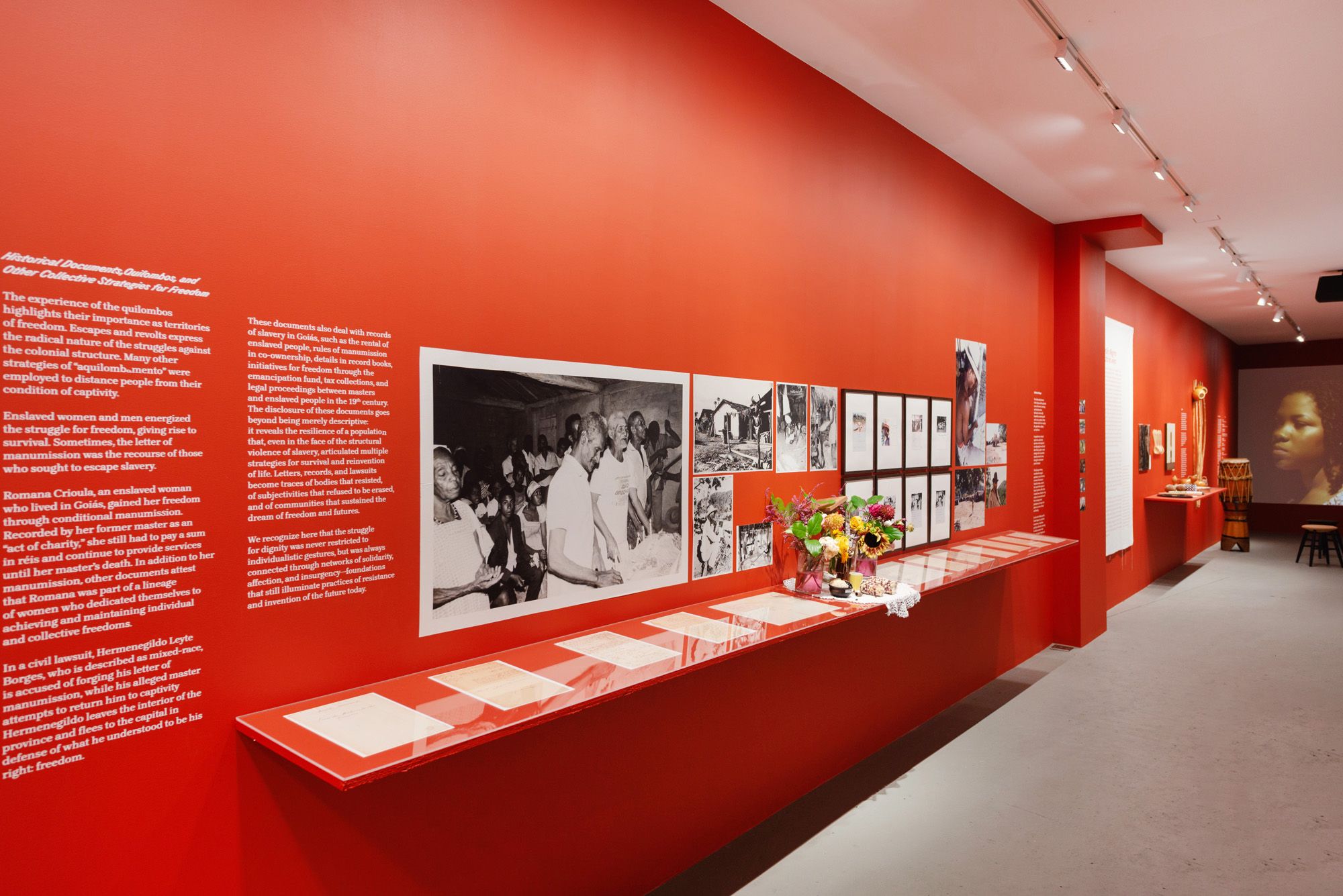
Território vivo installation by Sertão Negro at Storefront for Art and Architecture. Photo by PJ Rountree courtesy of Storefront for Art and Architecture.
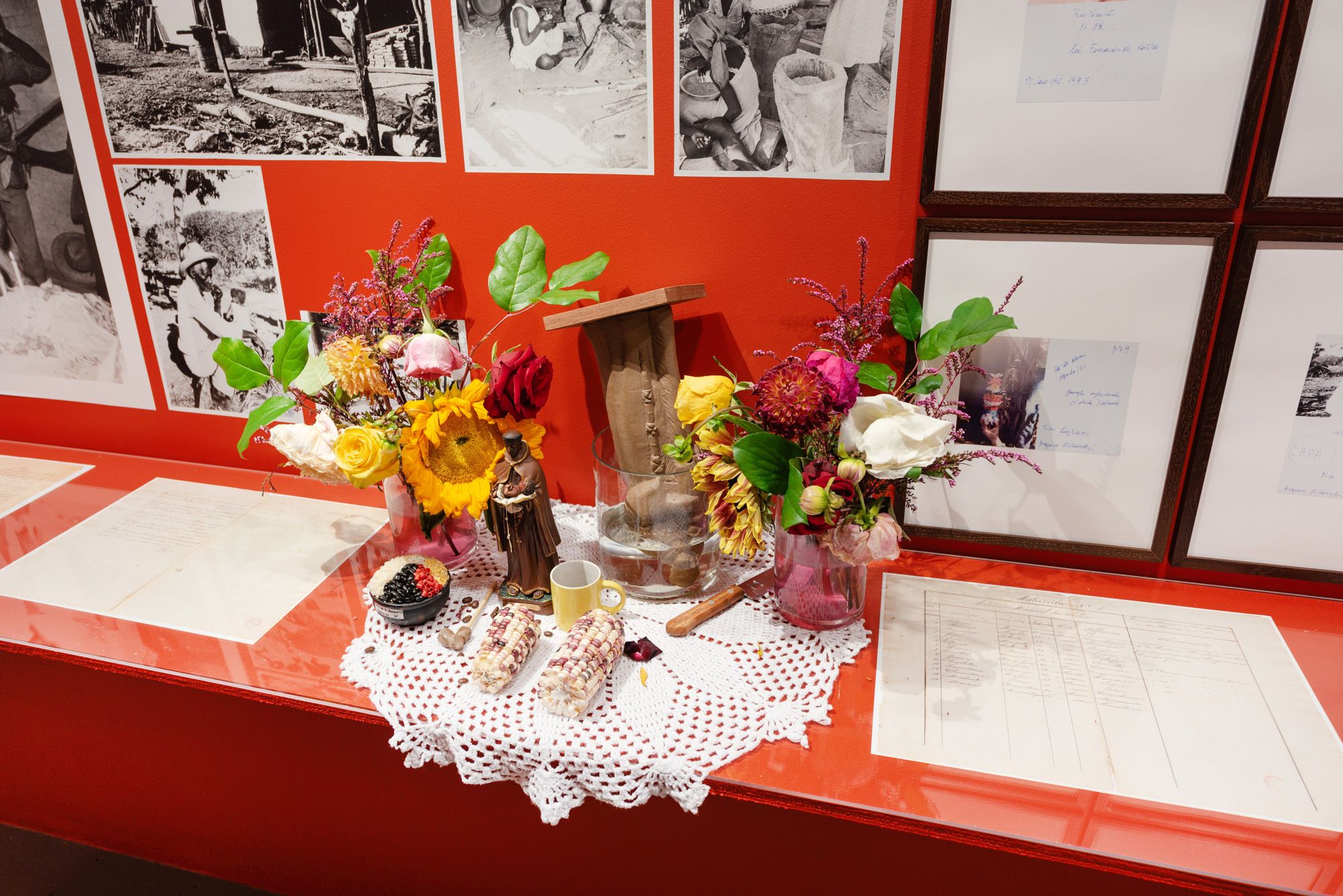
Território vivo installation by Sertão Negro at Storefront for Art and Architecture. Photo by PJ Rountree courtesy of Storefront for Art and Architecture.
Creating relationships and relationality seems really vital to your approach at Storefront.
Yes. It’s very unusual for institutions to operate this way. Rather than just produce exhibitions, we create spaces of sustained exchange — discursive and public — not only with the artists and architects we work with but also our audiences, whether passersby or engaged community members. The long-term themed series is one way of connecting with them, while the recently launched Kyong Park Prize is another way of foregrounding research-based practices. We also have other project series focused on public space called Groundworks and Public Works. Through Groundworks, we try to weave together notions of place and identity within the built environment by commissioning artists to create a mural on the iconic Storefront façade. While the mural is on display, we organize a large-scale symposium in collaboration with The Cooper Union’s school of architecture, inviting different interlocutors to engage with the ideas behind the work, followed by a publication with MIT Press. The first invited artist was Amanda Williams [2021–24], followed by Guadalupe Rosales [2024–25], and now Denilson Baniwa [2025–26]. Public Works was just announced this past summer with an event simulating a public hearing that included artists Alex Strada, David L. Johnson, and Rose Salane, who will be presenting off-site commissions that respond to the erosion and reinvention of civic infrastructures in New York City. Alex Strada’s project will be open this fall at Petrosino Square next to Storefront. All this said, our mission statement, which was drafted over 40 years ago, is so open and generous that it continues to be relevant today, allowing us to bring in more people and create new constellations of learning, exchange, and collaboration.
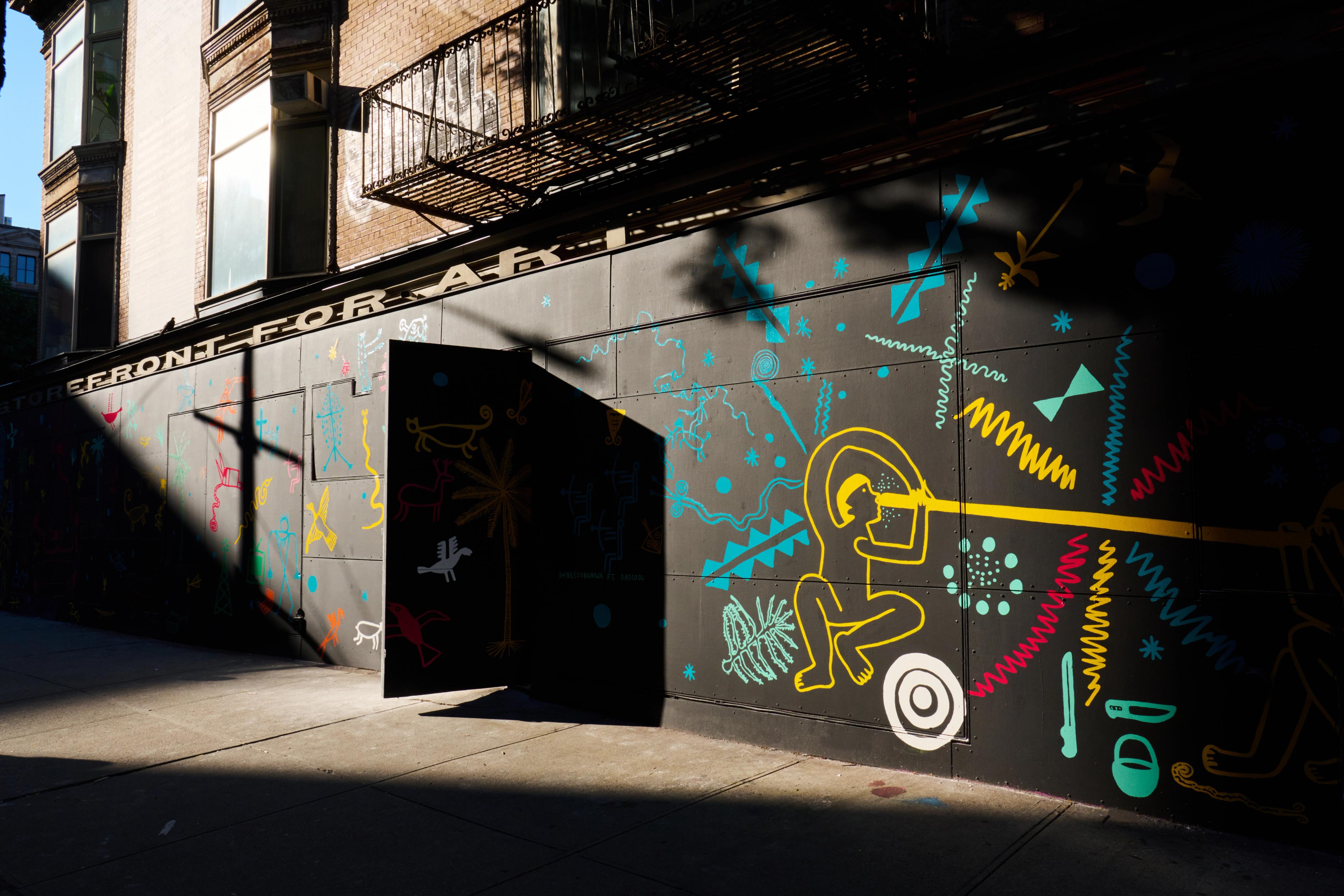
Na floresta à noite (In the Forest of the Night) by Denilson Baniwa is the third commission of Storefront’s Groundworks series, which invites artists to present public artworks on Storefront’s iconic façade for an extended period. Drawing on the cosmologies of his Baniwa people and other Indigenous communities in Brazil, the mural captures the Amazon at night, where trees, animals, and spirits collide in a scene that resists colonial narratives. Courtesy Storefront for Art & Architecture.